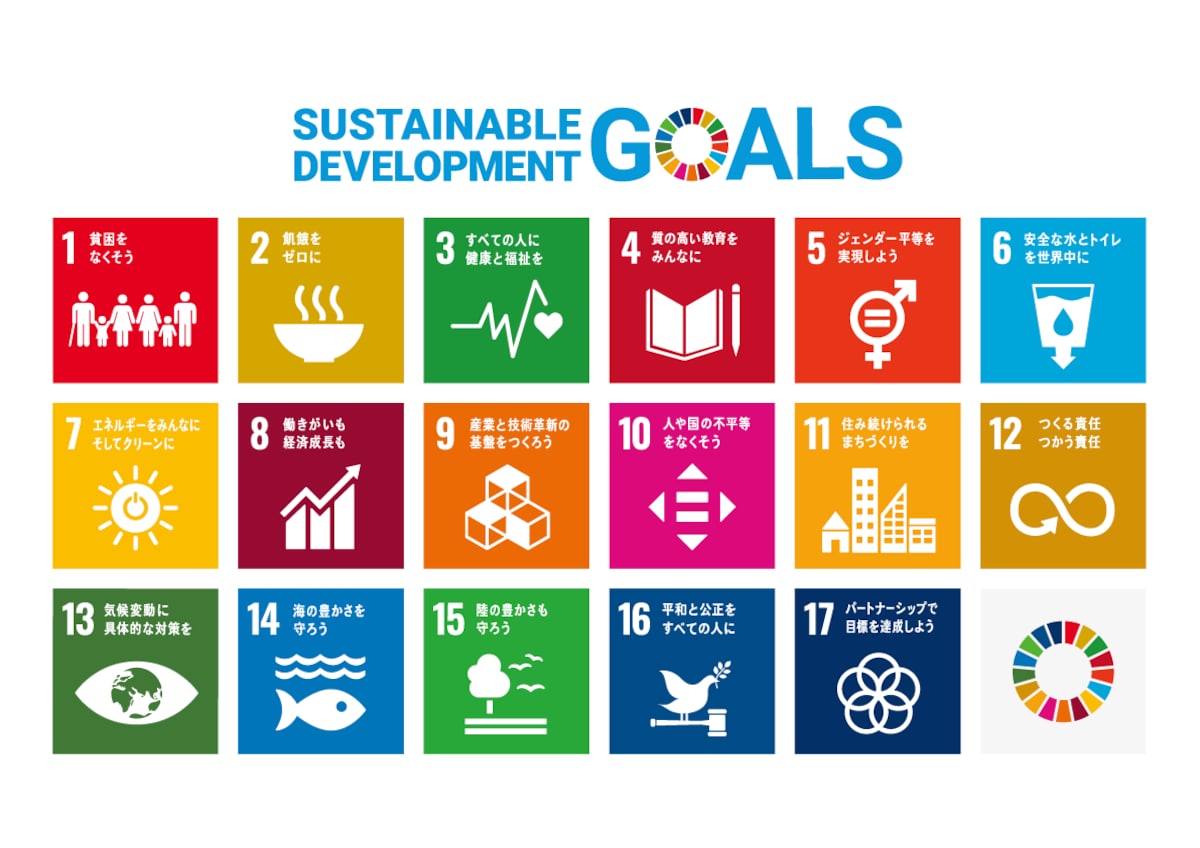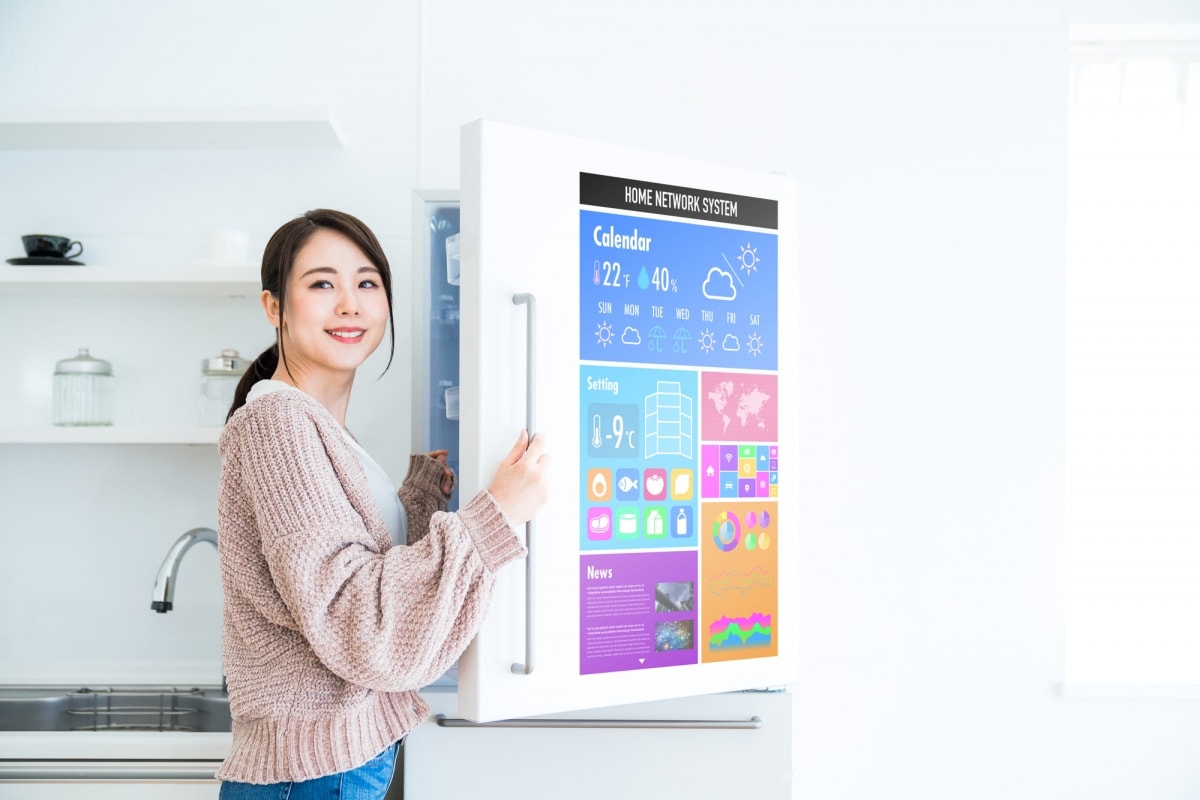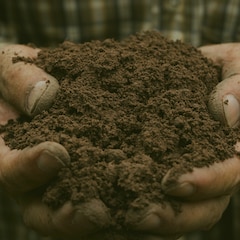Home Appliances Can Help Prevent Food Loss

This is one of a series of articles on efforts to reduce food loss and waste in support of STOP! Food Loss and Waste project, a collective impact initiative.
By Collective Action Japan
The project, a joint effort by members of the public, local governments, businesses, and social action organizations, is supporting targets set by the UN in the Sustainable Development Goals (SDGs) and Japan’s Environment Ministry. Both call for halving food waste by the year 2030.
Innovative Refrigerators

Modern refrigerators have come a long way from merely keeping food cold or frozen. Some of the new models sold today offer a variety of efficient storage functions that can help reduce food waste. There are many refrigerators, for example, that can keep vegetables fresh for about seven days.
These refrigerators employ some rather clever methods to maintain the freshness of vegetables for over a week. Some absorb odors or prevent deterioration by removing the ethylene gas that causes fruits and vegetables to ripen, while others ensure freshness through special compartments that have a low-temperature, high-humidity environment. The nutritional value of leafy vegetables can even be preserved by exposing them to light and allowing them to photosynthesize.
Even meat and fish, items which are prone to spoiling quickly, can now be kept refrigerated for as long as a week to 10 days while minimizing the deterioration of flavor. This is accomplished by storing them in a temperature range just below the freezing point or in a vacuum environment to maintain freshness. Having at least a week of refrigerated storage time can help with meal planning and other ways to make good use of stocked food.
Smart Storage
Even with older refrigerators, there are a number of actions people can take in storing food that will improve efficiency. Cutting down on overcrowding is one step. Overcrowding a refrigerator not only makes refrigeration inefficient, but people forget what is stored when foods stocked in the back are no longer visible or easily accessible.
Items that need to consumed sooner, such as products with short expiration dates, should be stored in the front of the refrigerator. This way, anyone using the refrigerator will be able to easily find them and consume them at an early date. Even little efforts like this can go a long way towards reducing food loss.
Electric Cookers/Soup Makers Ensure Nothing Goes to Waste

With new refrigerator technology ensuring longer preservation of foodstuffs, the next step is to make sure the food items are used efficiently and completely. In the course of preparing dishes using fruits and vegetables, edible but uncomfortable ingredients, such as shriveled leafy greens or hard-to-eat cores and skins, are frequently discarded.
Certain types of electric cooking pots and pans now available on the market can be used to make soups, stews, and many other dishes, and can help get the most out of ingredients lying dormant in the refrigerator.
Pressure cookers can cook broccoli stalks, cabbage cores, and radish and carrot peels—usually thrown away because they are too hard to eat—into a tender and edible form. The best are electric versions that can cook without water; these bring out the flavor of the food and prevent nutrient loss in vegetables that are sensitive to heat.
Electric cookers are especially suitable for busy people with little time to devote to cooking. Pressing a button is all that is required of many electric cooking pots, since the rest is automatic. This allows people to add ingredients that are not in the recipe, and discover new ingredients that might go well with the dish.
A soup maker is another useful appliance for handling left-over or extra ingredients. Like the electric cookers described earlier, this device is also easy to use: just like electric cookers, ingredients are added and the push of a button does the rest. Prepare a potage base, for example, with potatoes, onions, consommé, and milk. Left-over ingredients are often a recipe for a creative and tasty soup.
Using Apps and AI to Reduce Food Loss
The advanced technologies used in smartphones and smart home appliances that are connected to the internet can also help reduce food loss at home.
Some appliance manufacturers like Samsung and LG use mobile apps to help keep track of the ingredients in the refrigerator. For example, systems like Samsung’s Family Hub and LG’s ThinQ app allow the tracking of food purchases and the number of days it has been stored, and will notify users about food that is about to expire. Shoppers can conveniently check on the items in their refrigerator to eliminate purchases of foods already in stock at home.
Thanks to the Internet of Things, these and similar smart systems can be connected via wireless LAN to other cooking appliances such as oven ranges and electric cooking pots. Artificial intelligence (AI) in some systems learns and predicts the household's food preferences, refrigerator stock, and consumption cycle based on the frequency of food use, and makes menu suggestions. If the refrigerator is linked with a smartphone, such systems can not only remind the user to purchase necessary foodstuffs, but can also suggest recipes using forgotten ingredients or those that are nearing their expiration date.”
While these high-tech appliances and AI systems are still in their infancy and thus more expensive than “less smart” devices, consumers can still benefit from numerous other mobile apps that help manage refrigerator usage. Independent apps such as Fresh Box, Fridge Pal, Best Before, and Fridge Hero perform similar functions like tracking ingredients, helping to save money and prevent food waste.
Trying to completely eliminate any wasted food in the home may seem impossible, or at least a tremendous hassle. But the key is to find ways to reduce waste that are easy to fit into a daily routine, and one way is to make good use of advanced home appliances.
Check out the following articles for more information on SDGs in Japan
Collective Impact: STOP! Food Loss & Waste
From Rubbish to Resource: Recycling Food
A 10-Year Challenge to Achieve Sustainability
Innovative Businesses are Battling Food Loss




